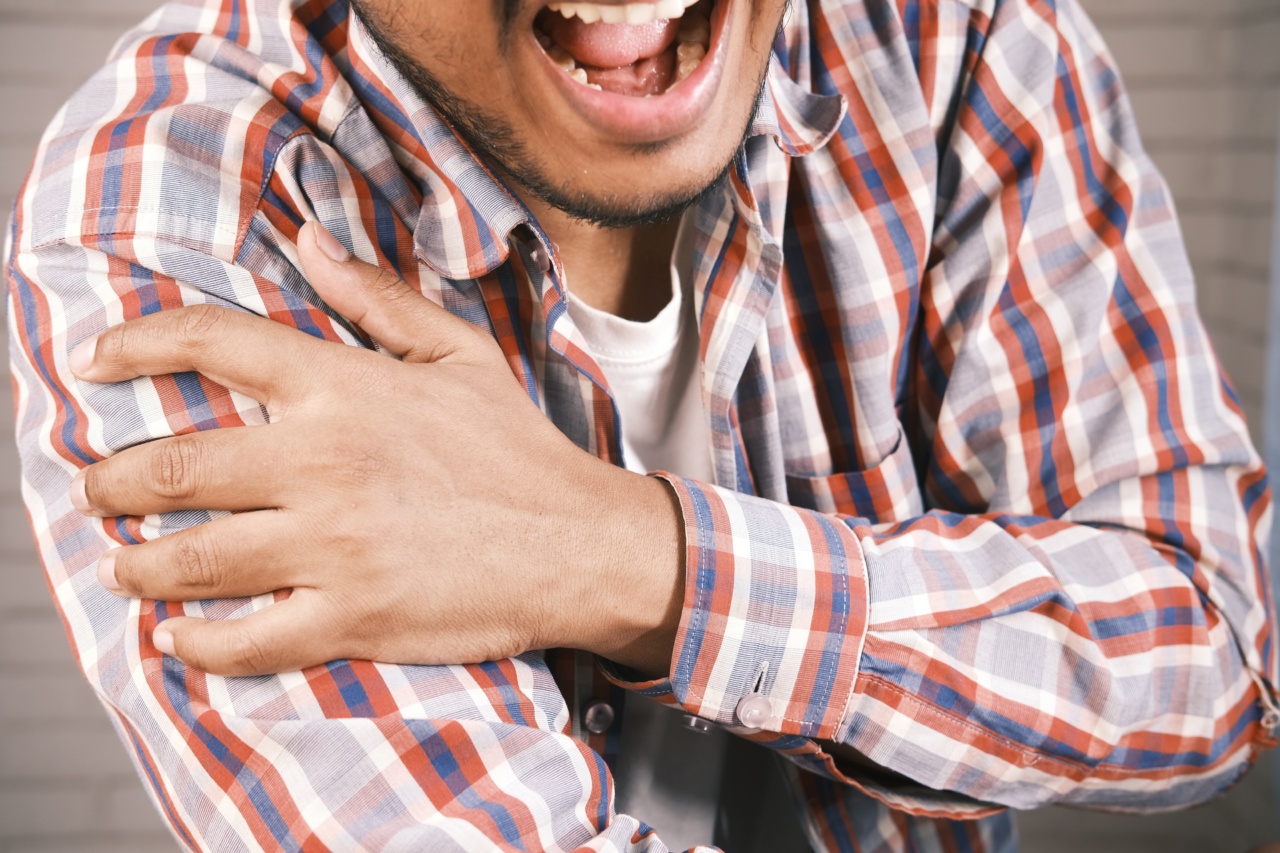Chronic pain is a pervasive and debilitating condition affecting millions of people worldwide.
While pharmaceutical interventions have traditionally been the primary approach to managing chronic pain, they often come with numerous side effects and may not always provide the desired relief. As a result, many individuals are turning to non-pharmaceutical approaches to treat their chronic pain, which focus on alternative therapies and lifestyle changes that can provide long-lasting relief without relying on medication.
In this article, we explore some of the most effective non-pharmaceutical approaches for managing chronic pain.
1. Physical Therapy
Physical therapy is a non-pharmaceutical approach that involves exercises and movements designed to improve strength, flexibility, and mobility.
For individuals with chronic pain, physical therapy can alleviate symptoms, reduce pain, and improve overall function. Physical therapists may utilize a variety of techniques, such as stretching, manual therapy, and low-impact exercises, to target specific areas of pain and facilitate healing.
Additionally, physical therapy can help individuals develop proper body mechanics and learn strategies to prevent future pain episodes.
2. Acupuncture
Acupuncture is an ancient Chinese practice that involves inserting thin needles into specific points in the body to alleviate pain and restore balance.
This non-pharmaceutical approach is believed to stimulate the nervous system, release endorphins, and promote natural healing processes. Acupuncture has shown promising results in reducing pain and improving quality of life for individuals with chronic pain conditions such as fibromyalgia, osteoarthritis, and migraines.
3. Cognitive Behavioral Therapy (CBT)
CBT is a form of talk therapy that focuses on identifying and modifying negative thought patterns and behaviors that contribute to chronic pain.
This non-pharmaceutical approach aims to help individuals develop coping mechanisms, improve self-efficacy, and reduce pain-related distress. CBT teaches individuals how to manage stress, set realistic goals, and positively reframe their experiences with chronic pain.
By addressing psychological factors associated with pain, CBT can effectively reduce pain intensity and improve overall functioning.
4. Meditation and Mindfulness
Meditation and mindfulness practices are non-pharmaceutical approaches that involve focusing attention and increasing awareness of the present moment.
By cultivating a state of non-judgmental awareness, individuals with chronic pain can develop a different relationship with their pain and reduce its impact on their daily lives. Research has shown that regular meditation and mindfulness practices can decrease pain severity, improve emotional well-being, and enhance overall quality of life.
5. Massage Therapy
Massage therapy is a non-pharmaceutical approach that involves manual manipulation of the body’s soft tissues to alleviate pain, reduce muscle tension, and improve circulation.
This hands-on therapy can help individuals with chronic pain conditions such as lower back pain, fibromyalgia, and osteoarthritis. Massage therapy has been found to promote relaxation, decrease stress hormones, and increase the production of endorphins, which are natural pain relievers.
6. Heat and Cold Therapy
Heat and cold therapy are non-pharmaceutical approaches that involve the application of either heat or cold to the affected area to relieve pain and reduce inflammation.
Heat therapy, such as warm showers, heating pads, or warm towels, can help relax muscles and alleviate chronic muscle pain or stiffness. On the other hand, cold therapy, such as ice packs or cold compresses, can numb the area, reduce swelling, and provide temporary pain relief.
Both heat and cold therapy can be used as complementary approaches alongside other non-pharmaceutical interventions.
7. Exercise and Physical Activity
Regular exercise and physical activity are non-pharmaceutical approaches that can alleviate pain and improve overall well-being for individuals with chronic pain.
Engaging in low-impact activities such as walking, swimming, or cycling can help reduce pain, increase endorphin production, and improve mood. Exercise can also help strengthen muscles, reduce stiffness, and improve joint flexibility.
It is important to consult with a healthcare professional or physical therapist to develop an appropriate exercise program tailored to individual needs and capabilities.
8. Herbal Remedies
Herbal remedies are non-pharmaceutical approaches that involve the use of plants and plant extracts to alleviate pain and improve overall health.
Certain herbs, such as turmeric, ginger, and devil’s claw, have anti-inflammatory properties that can reduce pain and inflammation in conditions such as arthritis. However, it is important to consult with a healthcare professional or herbalist before using any herbal remedy, as they can interact with medications or have side effects.
9. Transcutaneous Electrical Nerve Stimulation (TENS)
TENS is a non-pharmaceutical approach that involves the use of low-voltage electric currents to stimulate nerves for pain relief. This therapy is typically delivered through small electrode pads placed on the skin, near the area of pain.
TENS is believed to work by blocking pain signals and promoting the release of endorphins. It can be particularly helpful for individuals with chronic musculoskeletal pain, such as back pain or osteoarthritis.
10. Sleep Hygiene
Sleep hygiene refers to a set of practices that promote optimal sleep quality and quantity. Chronic pain often disrupts sleep patterns, leading to a vicious cycle of increased pain sensitivity and poor sleep.
Practicing good sleep hygiene, such as maintaining a consistent sleep schedule, creating a relaxing sleep environment, and avoiding stimulating activities before bed, can significantly improve sleep quality and reduce pain intensity. It is essential to develop a personalized sleep routine that suits individual needs and preferences.





























